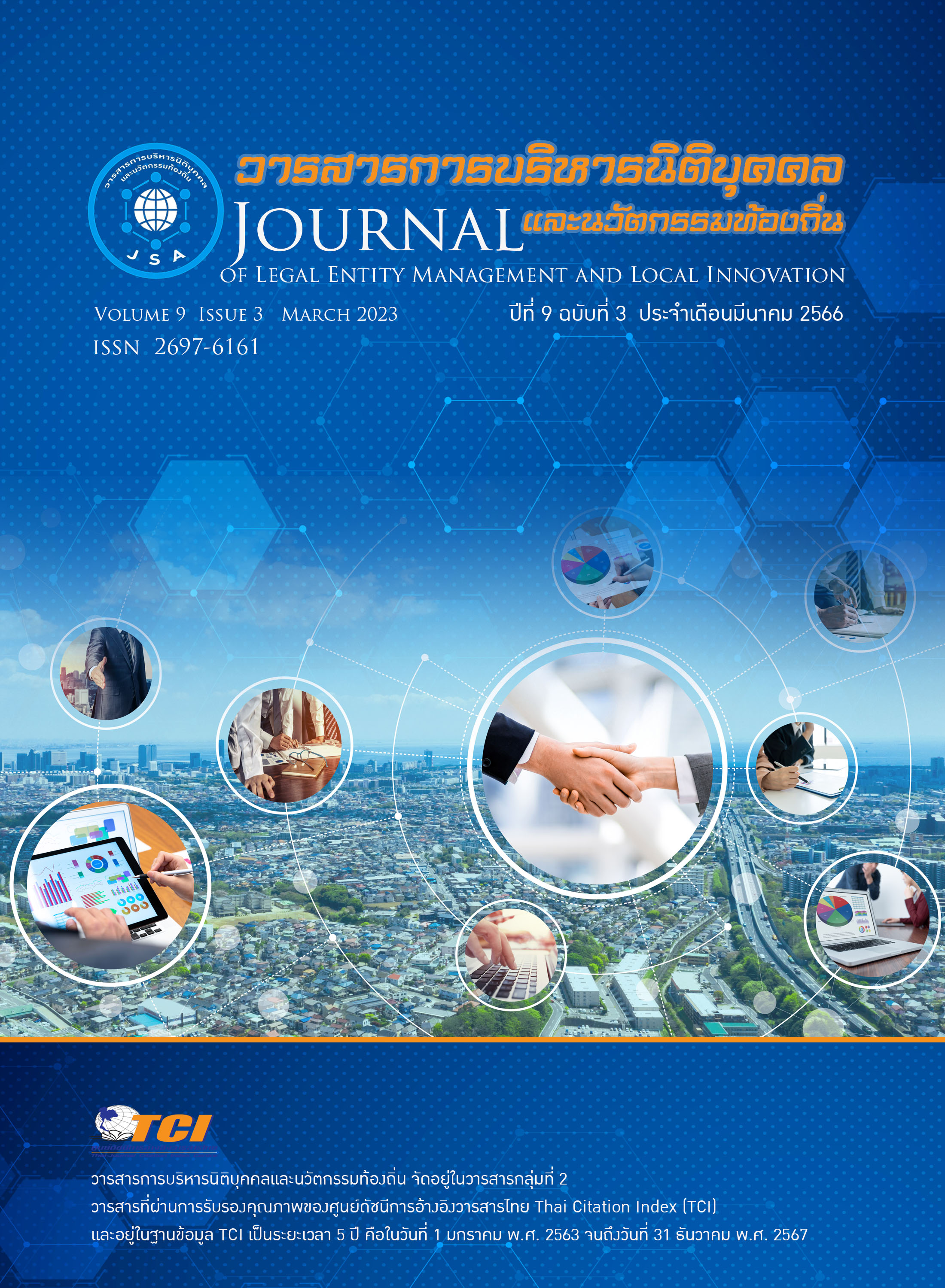Symbols for Decorating Buddhist Places to Promote Cultural Tourism: A Case Study of Wat Pa Sikunaram, Ban Cheet Subdistrict, Ku Kaew District, Udon Thani Province
Keywords:
Symbols, Decorating Buddhist Places, Cultural TourismAbstract
The objectives of this study were to 1) Study the history and development of local Buddhist sites at Wat Pa Sikunaram. 2) Study the motto, symbols and elements in decorating the Buddhist place. 3) Study the guidelines for cultural tourism promotion of Wat Pa Srikunaram. The researcher used a qualitative research methodology to study the data from the documents and the field. 80 informants consisted of 1) a group of knowledgeable people of 10 people 2) a group of practitioners of 30 people 3) a group of general informants of 50 people analyzed the content according to the issues defined in the research framework. The results of the study were presented by descriptive analysis. 1) Key Informants 8 people 2) Casual Informants 8 3) General Informants 60 people; Data from documents and fieldwork were analyzed and presented by means of descriptive analysis. The results are as follows. 1) Wat Pa Si Khu Naram, affiliated with the Faculty of Dhammayut, has a guideline for calmness and introspection according to the style of Luang Pu Man Phurithatto. When he was still alive, he advised his disciples to go on a pilgrimage to the temple as the main travel guide in the forests. But any place that considers it, therefore stays and treats; Villagers were invited to stay permanently and built a permanent temple. After his death, the believers built a museum building to present the history and preserve the relics. Attabikhan utensils are displayed for interested parties to learn. Since then, when the disciples of Phra Thera Achan have continued to create Established in 1951, the temple has continued to evolve. 2) The symbols used to decorate Buddhist places are contemporary works, consisting of a cloister, a pavilion, relics, a Mekong arch. The architecture draws on religious stories and local traditions through its distinctive paintings, sculptures and ornamental arrangements. 3)The promotion of temple tourism should consider the importance of architecture decorated with symbolism, giving meaning and keeping it always beautiful. Temples should regularly invite people to participate in activities and flower decorations around the relics and other areas should be taken care of as a resting place for visitors. In conclusion, this research can be used as a data for the development of temples to become tourist attractions.


